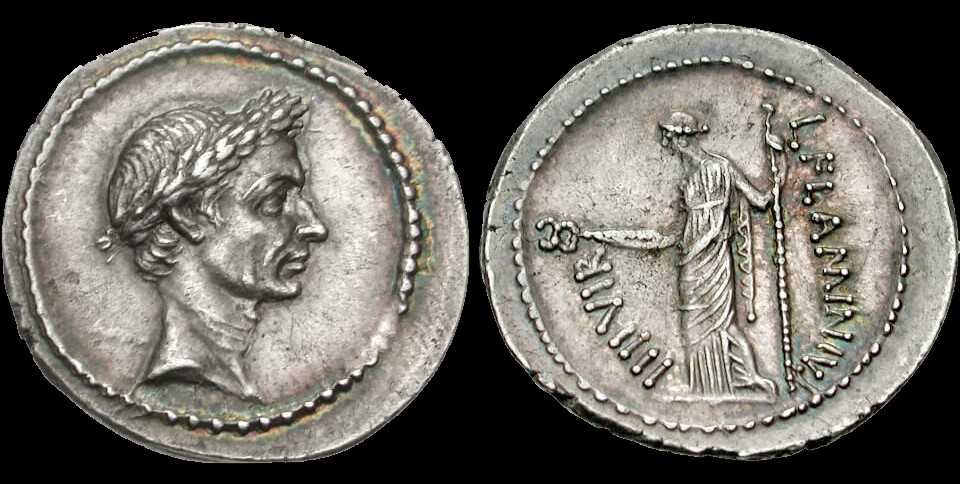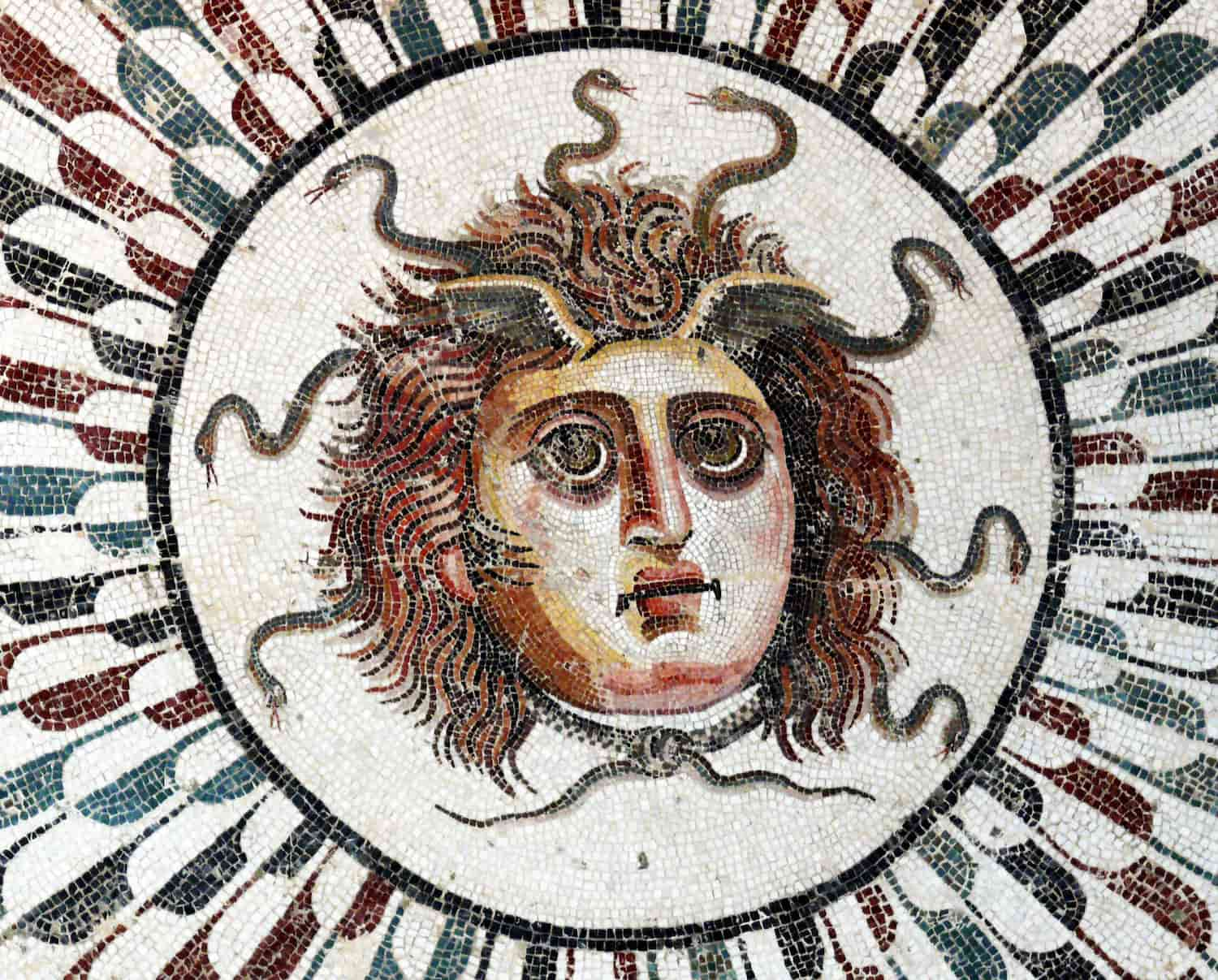During the era of Augustus and Julius Caesar, which was towards the end of the 1st century BC, records show that the value of a 20-year-old male slave in Rome was around 500 denarii (singular: denarius), as stated by the Roman historian Titus Livius. However, the cost of a female slave around the same age during that time was significantly higher, with prices ranging from 5,000 to 6,000 denarii, making them worth more than 10 times that of a male Roman slave. In Rome, the price of a slave with ordinary skills didn’t change much until the third century AD.
The Price of Slaves in Dollars

During the 1st century BC, one denarius had the purchasing power to acquire eight loaves of bread in the city of Rome. By using the cost of bread as a reference point, it can be estimated that one denarius was roughly equivalent to $17 in today’s currency.
When it comes to the value of Roman slaves, a male Roman slave would be valued at around $8,500, while a female Roman slave would be sold for a price of $85,000 to $100,000.
For comparison, the historian Tacitus (56–120 AD) states that a legionary in the Roman army at the time of Julius Caesar received about 11 asses (around $11.5) a day as a wage (Tacitus, Ann. 1.17), and one denarius was 16 asses.
In other sources, the legionaries were paid 225 denarii annually in the first century AD, which was reduced to 150 denarii after the deductions. But a centurion, the commander of the 80 legionaries, earned around 3,400 denarii. At the same time, 700 slaves were working on Rome’s aqueducts alone.
The Factors That Affected the Price of a Slave
Factors of several kinds were applied to this pricing. The condition of Roman slaves varied greatly. The value of a slave would range a lot based on factors such as his or her talents, expertise, language, proficiency, physical attributes, attractiveness, etc.
Slaves who were employed or educated commanded a far greater price than those who were not. For instance, the value of slaves who possessed specialized skills, such as goldsmiths and Greek teachers, was significantly higher.
There is historical evidence that a slave who was a highly regarded Greek teacher was sold for three talents of silver (a talent was 6,000 denarii), which was equivalent to around 80 kg of silver, 23,000 denarii, or $390,000, a price typically associated with the tutors of wealthy nobles.
Julius Caesar and other Roman leaders reportedly paid thousands of denarii for the services of attractive slave women.

The prices of the slaves of older age were not worth anything at all, and children were often sold for one-eighth the price of adults unless they had some kind of exceptional gifts, such as beauty, good looks, or a singing voice, since it required time and money for them to become a labor force.
Slaves could be purchased in bulk from wholesalers or sold to merchants. Slave traders purchased vast numbers of soldiers from the Roman army at auction, and slaves were sold in retail stores by the hundreds. Slaves were forced to stand almost naked with price tags on their chests.
During auctions, slaves with certain skills and those who were thought to be especially attractive were sold for more money.
The Reasons Female Slaves Were Much More Valuable
There are several theories as to why the price of female slaves was ten times higher than that of male slaves. These theories include:
- The city of Rome at the end of the 1st century had a population that was primarily composed of men from various regions. The ratio of men to women was significantly skewed, with men outnumbering women by a ratio of more than 7 to 3. Because of this disparity, female prostitutes were in high demand, and many female slaves were forced to work as prostitutes in the sex industry due to their high economic value.
- The price of female slaves was much higher because there were not enough women to do the other occupations designated “women’s labor” in Roman society, such as washing and cooking.
- Women were often purchased to serve as concubines (sexual slaves) for their male lords.
These were some of the reasons for the rise in the value of women slaves in the Roman Republic and Empire.

The Source of Slaves in Rome
It’s important to recognize that although many people equate all slavery with slavery in the United States, Roman slavery was much different. Many people of different races were held as slaves in Roman society because of the absence of racial distinctions between slaves and free citizens. In other words, people or slaves were not discriminated against because they were black, white, etc.
The primary source of slaves for the Romans was captured individuals from defeated armies or battles. As one example, Caesar reportedly sold 53,000 people from a Gaulish city to slave dealers just after he conquered it (as recounted in his memoirs, “The Gallic Wars”). This was probably the entire population of the conquered area.
After the close of the 2nd century BC, the Roman Republic and, subsequently, the Roman Empire, rapidly expanded throughout the known world. A lot of slaves from the areas that Rome took over, especially the populated Gaul (modern-day France), were brought to the Italian peninsula.

The Change in Slave Prices in Rome
By the end of the 1st century BC, over 40% of the Italian peninsula’s population was made up of slaves, owing much to the vast number of slaves captured by Rome, which had a significant impact on the demography. The market value of slaves also fell because of this increase in the total number of slaves.
If we consider “Ancient Rome” to be the period between the founding of the Roman Republic and the collapse of the Western Roman Empire—roughly a millennium from 509 BC to 476 AD—slave prices in Rome rose and fell dramatically during this period.
At the end of the 1st century BC, during the era of Caesar Augustus, which can be regarded as Rome’s pinnacle period, it is thought to have been the period when slave prices were at their lowest.
Accordingly, the lowest price for a male slave about 20 years old was 500 denarii, as described previously, and the lowest price for a female slave was 5000–6000 denarii (around $8,500 for a male and $85,000 for a female), which was more than 10 times the price of a male slave.
For example, findings from the city of Pompeii, which is famous for being buried by a volcanic explosion in 79 AD and then forgotten for about 100 years, show that the price of male slaves rose to 700 denarii at the time (about $12,000), which is a respectable increase.
As Rome’s great military triumphs faded away, the price of slaves appears to have continued to increase while the slave population continued to drop.
About the Denarius Price
While it’s been stated that one denarius would be roughly equivalent to 17 US dollars in today’s currency, it’s not a straightforward calculation. The value of a denarius in ancient times was vastly different from what it is now, so any conversion price should be adjusted to accurately reflect this reality.
For instance, a Roman worker’s annual income (around 400 denarii) would be about $6,800 if converted using this method. Furthermore, at the end of the 1st century, denarius silver coins were over 95% pure and composed nearly completely of silver, but by the 3rd century AD, some coins were less than 5% silver, causing significant inflation. Therefore, the value of the “denarius” was not constant.
That is why the preceding pricing estimates for slaves in Rome should only be treated as rough estimates.






